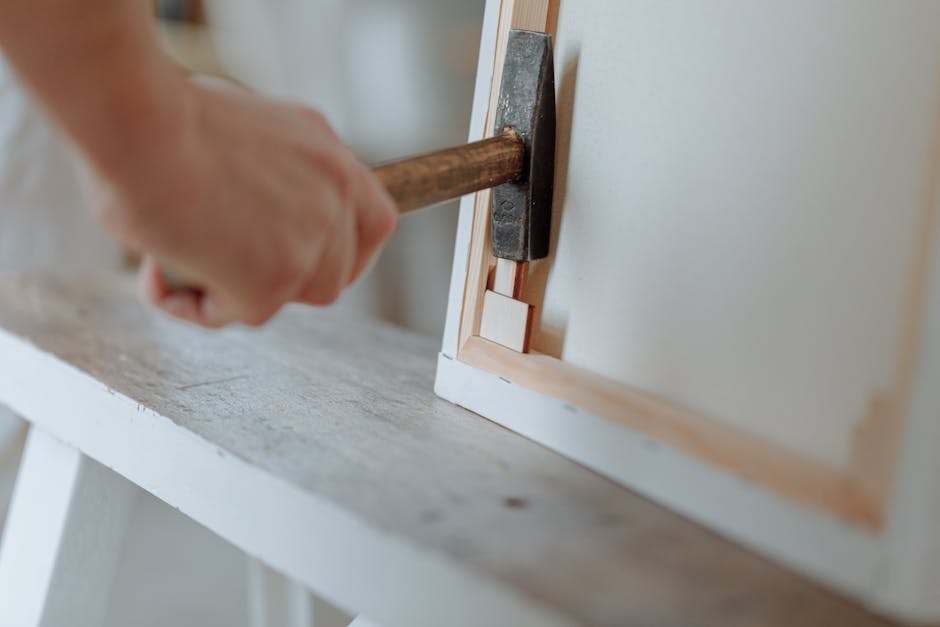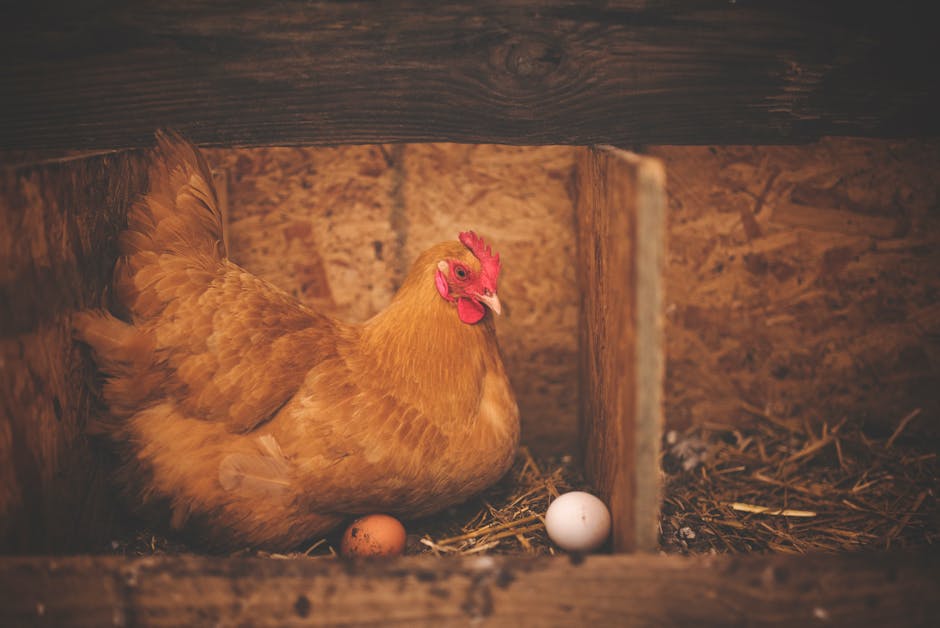Explore the fascinating world of microbial fuel cells—biological batteries that generate electricity through the natural activity of bacteria. This guide will walk you through the step-by-step process to build your very own microbial fuel cell at home using simple materials.
Ideal conditions
Best time of the day
Daytime
Suggested age
15 years and above
Best weather conditions
Mild or sunny
Budget
Between 0 and 20 euro
Bookmark this guide for later use, or better: Add it to your agenda!
Estimated duration: 1 day
Last editted on: 09-09-2024 19:34
Gather Materials and Tools
To start your microbial fuel cell project, you will need to gather a few essential materials and tools. Here is what you will need:
- Two plastic containers or jars
- Graphite rods or carbon cloth for electrodes
- Aquarium air pump
- Salt bridge or agar gel
- Wire and alligator clips
- Multimeter (optional, for measuring output)
- Mud from a local pond or garden, rich in organic matter
- Distilled water
Once you have these things ready, you are set to begin.
Construct the Fuel Cell
Start by constructing the salt bridge or preparing the agar gel, as it will separate the two chambers while allowing ions to pass. Follow these steps:
- Fill one of the jars with mud and add water to make a slurry.
- Insert a graphite electrode into the mud; this will be your anode.
- In the second jar, fill it with water and place the other graphite electrode; this will serve as the cathode.
- Connect both jars with the salt bridge, ensuring it's submerged in the mud and water.
- Attach wires to the electrodes using the alligator clips.
- Ensure all connections are secure and ready for use.
Monitor and Test Your Fuel Cell
Now that your microbial fuel cell is set up, it's time to test its output:
- If using a multimeter, connect it to the electrodes to measure the voltage being generated.
- Make sure the setup is not disturbed; bacteria should colonize the electrode successfully over time, increasing power output.
- Keep the jars in an environment free from temperature extremes, preferably at room temperature.
- Check the setup periodically to ensure all parts are intact and correctly connected.
This simple microbial fuel cell won't power your home, but it serves as a great educational experiment demonstrating an exciting piece of renewable technology!
Plan this experience
Discover the world beyond this screen. Play, try, and be yourself. Take the next step with PlayTryBe and bring your interests to life.











